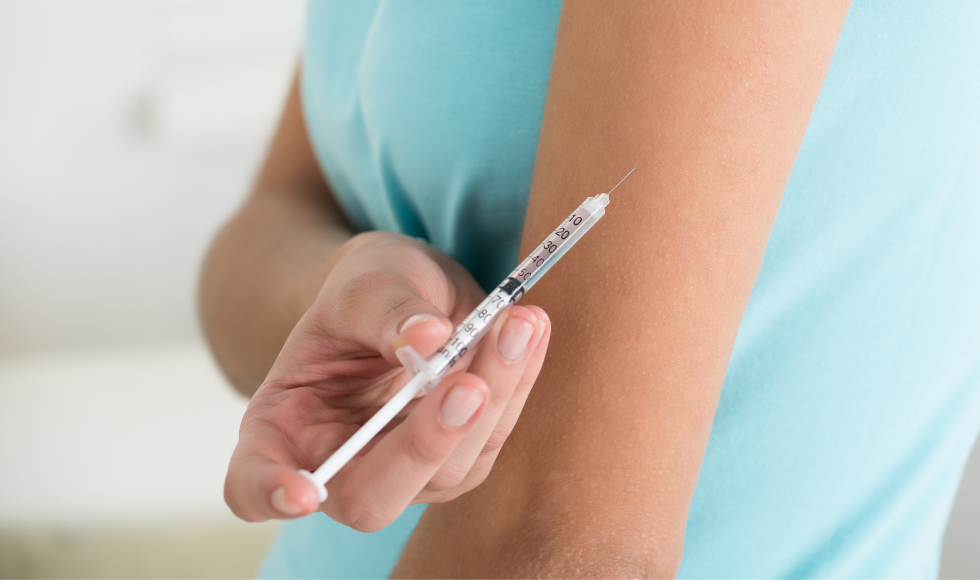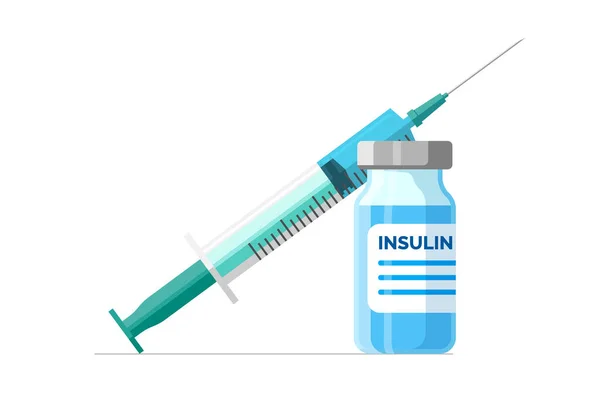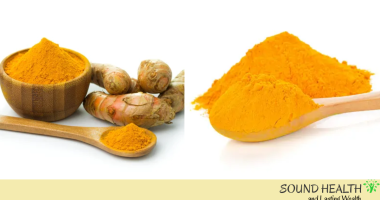Find out how Drugmakers’ Patent Strategies Drive Up Insulin Costs – Insulin is a hormone that helps the body use glucose for energy. People with diabetes either do not produce enough insulin or their bodies do not use insulin properly. Insulin is a life-saving medication for people with diabetes, but it can be very expensive.
Leveraging FDA and patent documentation, researchers shed light on how insulin manufacturers employ regulatory exclusivity and patents to hinder competition from generic alternatives. Despite being discovered over a century ago, insulin remains exorbitantly priced in the United States. Furthermore, a 2021 Congressional report revealed that three major insulin producers have consistently raised prices over the years, often in a coordinated manner.
Patent exclusivity may be a contributing factor to the high cost of insulin and other pharmaceutical products. When a pharmaceutical company secures a patent for its novel medication or medical device, it restricts the FDA’s ability to approve generic and often more affordable versions until the patent expires.
For instance, upon the expiration of Takeda Pharmaceutical’s patent for Vyvanse this year, the FDA promptly approved several generic versions of the ADHD drug. However, pharmaceutical companies can potentially employ strategies involving patents and FDA regulatory policies to extend their market monopoly on drugs or medical devices, including insulin. To investigate these strategies and assess their potential impact on insulin prices, researchers from Brigham and Women’s Hospital scrutinized FDA and patent records of insulin products authorized in the United States between 1986 and 2019.

The study’s findings were published in PLOS Medicine on November 16. During the study period, the FDA approved 56 brand-name insulin products. Researchers discovered that patents obtained by pharmaceutical companies after FDA approval of their brand-name insulin enhanced product protection. This, in turn, prolonged their insulin product’s market exclusivity by an average of six years.
Furthermore, many patents were on insulin delivery devices, and approximately two-thirds of patents on these devices expired after the insulin itself, extending protection for about 5.2 years. Overall, the researchers found that pharmaceutical companies extended market exclusivity on their insulin products for an average of 16 years, surpassing the market exclusivity observed with other small molecule medications by two years. The study’s authors identified insulin brands that benefited from the most extended market exclusivity protection, including Lantus (32.9 years), Novolog (32.3 years), and Novolog 70/30 (30.9 years). Despite these findings, the Inflation Reduction Act recently enacted a $35 insulin price cap, and drugmakers like Eli Lilly have responded by announcing price reductions on their insulin products.
Although recent price reductions are welcome news, they only apply to a limited range of insulin products. Price negotiations under the Inflation Reduction Act may also contribute to lower brand-name insulin costs for Medicare beneficiaries, but these negotiated prices will not extend to commercial markets. The study’s authors advocate for further reforms beyond recent legislation to address insulin affordability.
They propose that Congress, the FDA, and the United States Patent and Trademark Office (USPTO) should collaborate to overhaul the patent and regulatory system to prevent the utilization of patent and exclusivity strategies that hinder generic competition.
Corresponding author William B. Feldman, M.D., D.Phil., M.P.H., an associate physician with the Division of Pulmonary and Critical Care Medicine at Brigham and Women’s Hospital, emphasized the need for stricter patent granting criteria at the USPTO and higher standards for manufacturers listing patents in the Orange Book. Feldman acknowledged recent concerns raised by the Federal Trade Commission (FTC) regarding manufacturers listing device patents on products in the Orange Book that have no bearing on the active ingredients. He highlighted that these patenting practices can impede generic competition.
Feldman further noted the Biden administration’s call for Congress to grant the FDA greater flexibility in approving generic drug-device combinations that exhibit minor differences from brand-name versions (but maintain the same active ingredients). Feldman believes that these reforms could accelerate generic entry into the market, ultimately improving medication affordability for patients. In response to a request for comment, Charlie Kohler, Trade Press Officer at the FDA’s Center for Drug Evaluation and Research (CDER), acknowledged the FDA’s general policy of refraining from commenting on specific studies. However, he affirmed that the FDA thoroughly evaluates such studies to enhance its understanding of particular issues and advance its mission of safeguarding public health.
Persisting Uncertainties
A research letter published in JAMA Network on November 13 revealed that between 2004 and 2021, the Court of Appeals for the Federal Circuit adjudicated 24 inequitable conduct cases pertaining to patents for FDA-regulated products, resulting in the nullification of 34 patents. Out of the 34 invalidated patents associated with FDA-regulated products, 15 were drug-related, 10 were device-related, and eight involved food. The most frequent reason for invalidation was the failure to disclose critical printed publications to the USPTO. The authors noted, “While inequitable conduct appellate decisions have impacted few drug patents over the past 15 years, the overall prevalence of inequitable conduct remains unknown because not all instances of inequitable conduct are identified or litigated.”
Some patent strategies manufacturers deploy
The report also found that these companies use a variety of patent strategies to keep their prices high.
One of the most common patent strategies used by drugmakers is evergreening. This is when a company files new patents on minor changes to an existing drug in order to extend its market exclusivity. For example, Eli Lilly has filed over 50 patents on Humalog, its brand-name insulin, since it was first approved by the FDA in 1996.
Another common patent strategy is patent thicketing. This is when a company files multiple patents on different aspects of a drug or device in order to make it more difficult and expensive for generic competitors to enter the market. For example, Sanofi has filed over 100 patents on Lantus, its brand-name insulin.
These patent strategies have been successful in keeping insulin prices high. In the United States, the cost of a vial of insulin has increased by over 500% since 1996. This is while the cost of producing insulin has actually decreased.
The high cost of insulin is a major burden for people with diabetes. Many people with diabetes are forced to ration their insulin or skip doses altogether because they cannot afford the high cost. This can lead to serious health complications, including hospitalization and death.
There are a number of things that can be done to lower the cost of insulin. One is to reform the patent system to make it more difficult for drugmakers to use evergreening and patent thicketing. Another is to allow Medicare to negotiate drug prices. Increasing competition in the industry would serve as well. Lastly there should be transparency.
In the meantime, there are a few things that people with diabetes can do to save money on insulin. One is to talk to their doctor about switching to a generic insulin. Generics are just as effective as brand-name insulins, but they are much cheaper. Another is to apply for financial assistance from the drugmakers. Many drugmakers offer patient assistance programs that can help people with diabetes afford their medications.
Very important: The high cost of insulin is a serious problem that needs to be addressed. There are a number of things that can be done to lower the cost of insulin, and we need to take action to make sure that everyone who needs insulin can afford it.
Factors that contribute to the high cost of insulin
There are a number of factors that contribute to the high cost of insulin, including:
- Patent protection: Drugmakers have been able to extend patent protection on insulin through a variety of strategies, such as “evergreening” patents. This has allowed them to maintain high prices for insulin without facing competition from generic drugs.
- Market concentration: The insulin market is highly concentrated, with just three companies controlling over 90% of the market. This lack of competition has allowed drugmakers to raise prices without fear of losing customers.
- Lack of transparency: Drugmakers are not required to disclose their pricing practices, which makes it difficult to understand why insulin prices are so high.
The high cost of insulin is a major public health problem. It is estimated that 1 in 4 people with diabetes skip or delay taking insulin due to cost. This can lead to serious health complications, including diabetic coma and death.
Lowering the cost of insulin is essential for ensuring that everyone with diabetes has access to the medication they need to live a healthy life.









